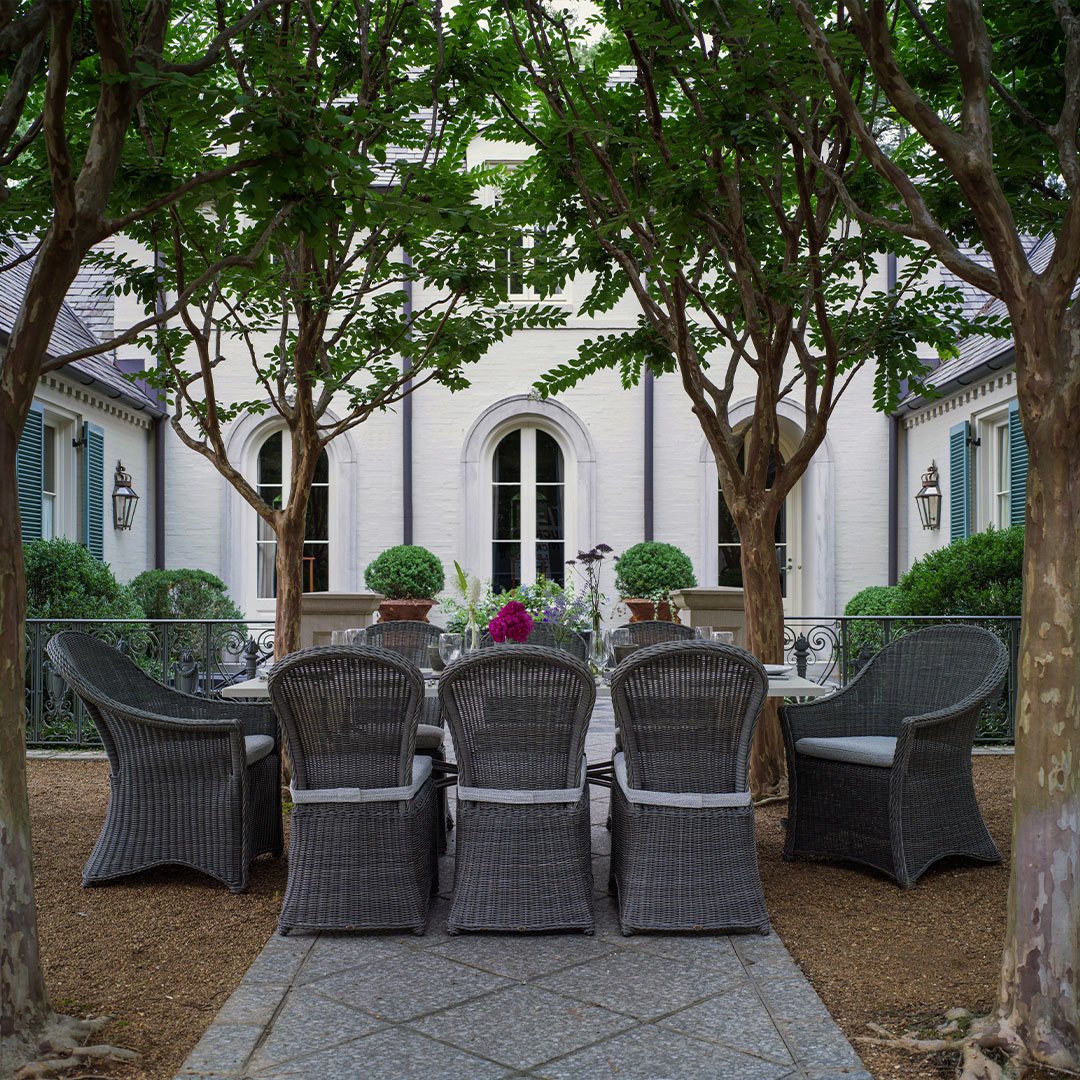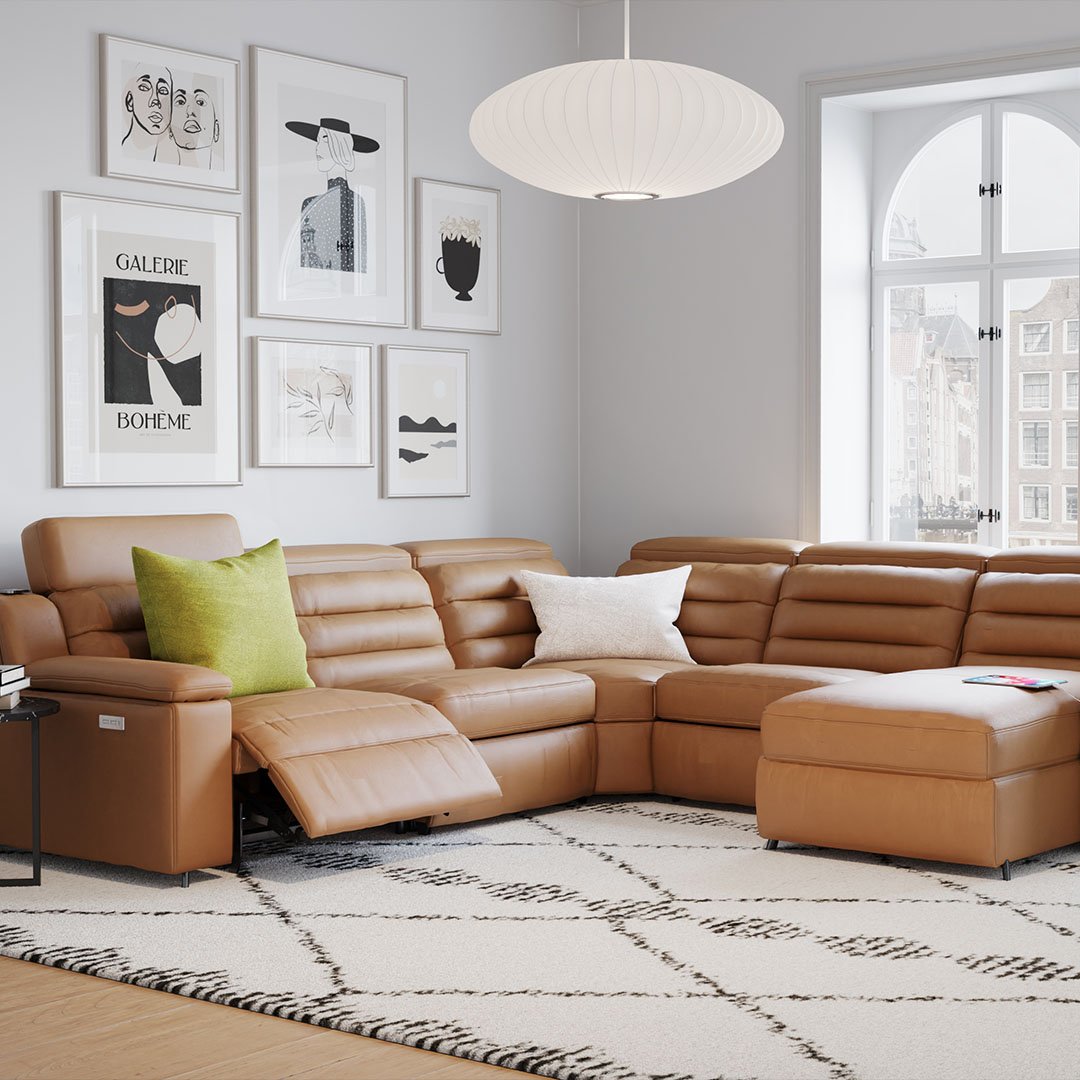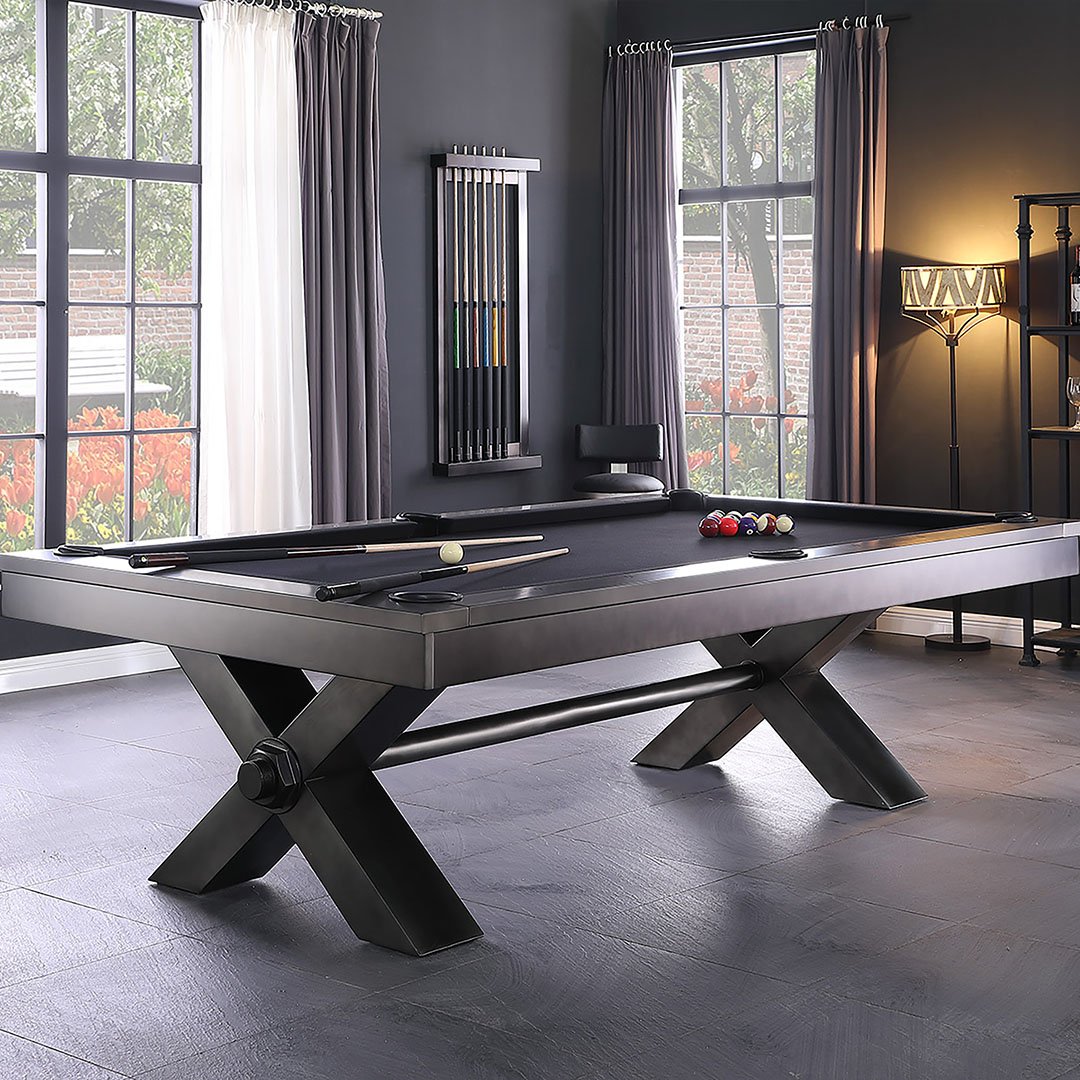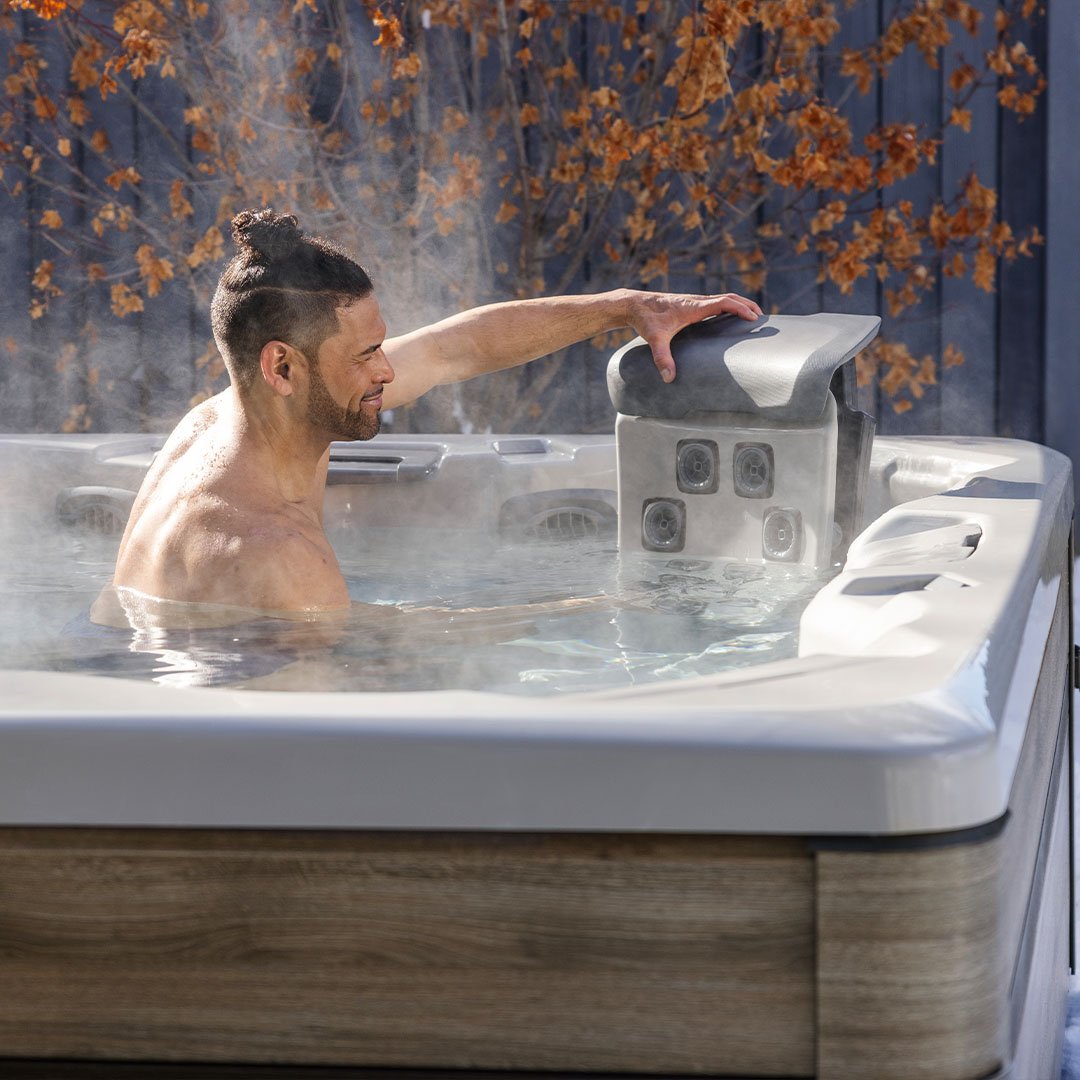Above Ground Pool Foundation Options
An above ground pool is a smart investment for many reasons. Above ground pools offer more versatility than inground pools. They can last up to 15 years and can travel with you if you move. You aren’t confined to a specific space, although you do want to make sure it’s a suitable area, and they are often less overall maintenance.
While they offer a lot of flexibility and can be installed rather quickly, you do need to determine your pool’s foundation before installing. An above ground pool needs a stable foundation on which to sit to ensure not only the integrity of the pool itself for longevity but also to avoid any spillover and cost inefficiencies with loss of water or possible vinyl liner repairs.
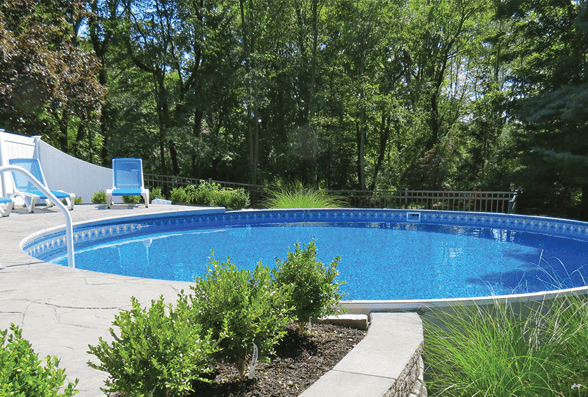
While some people do put their above ground pool directly onto their yard it’s not recommended as the natural ground can be unstable and shift with weather like heavy rains. Debris from the natural ground, like sticks and rocks, can also tear the vinyl liner.
So, what types of foundations can you put under your above ground pool? Let’s take a look!
Sand
Sand is a great stabilizing material and the most popular material to use for above ground pool foundations. The weight of the pool will push down on the sand and create a firm, level foundation to sit upon. While there is potential for sand to shift or erode with consistent heavy rains, it’s not common. Sand is also an inexpensive option. It’s not permanent like a concrete foundation, so you can always move it later. It’s easy and quick to install and is gentle on pool liners.
One of the advantages of sand, and why we recommend it for above ground pools, is that you don’t need any other material in-between the sand and the pool liner. It acts as both a stabilizer and cushion.
When using sand, make sure to use mason sand (otherwise known as mortar sand). This sand is very fine and usually free of debris like rocks and pebbles.
Concrete
If you know exactly where you want your above ground pool and want a more permanent stable solution, concrete may be the way to go. Concrete is durable, can withstand the elements, and can be completely leveled. It is more expensive than sand, in both materials and labor.
If you were to pour a concrete slab for your above ground pool foundation, it’s always recommended to add a softer material in-between the concrete and pool liner so as not to wear down your pool liner over time as concrete is more abrasive.
Pool pads, foam tiles, and carpet are options that can be used in-between concrete foundations and the pool. Each has its own advantages and disadvantages.
- Pool Pad: A pool pad is specifically designed for under an above ground pool. It can be cut exactly to your pool size and is made from durable material to withstand weather and eliminate moisture. While these are a custom option, they are also expensive and still need a strong and stable foundation on which to sit.
- Foam Tiles: These interlocking tiles are easy to install and lightweight, but do not allow for water to escape. They can also become expensive depending on how thick you want them for cushion.
- Carpet: An inexpensive option, the carpet won’t trap water, like foam tiles may, and is easy to install. While it offers good protection of the pool liner, it doesn’t provide as much cushion so additional layers may be necessary. You would also have to cut it to fit the size of your pool.
Using Sand for Your Base
Sand is the most cost-effective and recommended option for your above ground pool foundation. Here are steps and things to consider when putting in a sand base:
- Put Up Your Walls: The first thing you want to do is install your pool walls.
- Add Your Sand: Next, add your sand to the inside as your base. A standard depth for your sand is 2-3 inches.
- Sand Cove: On top of your 2-3” sand base, build up a sand cove around the edges. This is an angled 4” from the pool wall into your sand base. This sand cove prevents any air pockets under the liner. There are also foam coves that can be used in place of sand to help eliminate these air pockets.
- Place your pool: Once you’ve added all your sand, place your vinyl pool liner.
Ready to add an above ground pool to your backyard this summer? Head over to any of Watson’s nine superstore locations to check out our large selection of both above ground and semi in-ground pools and all the fun accessories to go with them! We’re sure you’ll find the perfect pool to enjoy this summer and many more to come!






